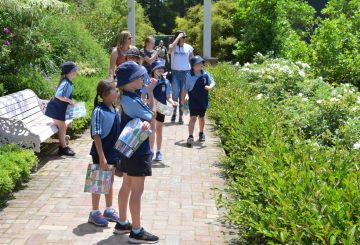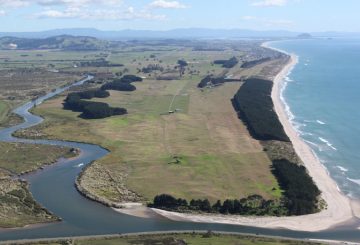オポティキ地区評議会は、繁華街を「活性化」する方法として、新しいタウンセンターのマスタープランを実施します。
理事会は、1月27日の最新の会議で計画を承認した。オポティキ市長のリン・リエスターラーは、オポティキが大規模な変化の時期の始まりであるとしている。
「マスタープランは、コミュニティが望む方法で成長が起こるように、町の中心部でその未来がどのように見えるかのビジョンを作成することです。私たちは、CBDについて私たちが愛するものをしっかりと保持し、町の美学が私たちの歴史と将来の計画を反映していることを確認したいと考えています。」
「港の入り口、拡大する養殖産業、そして彼らがもたらす経済発展は、すでにオポティキの見通しを回している」
変更が行われるためには、評議会と民間所有者の間の協力が必要です。すでに進行中のいくつかの改善は、スケートパークへのアップグレード、Motu Trailsへの新しい入り口、テ・タフフオ・テランギです。
マスタープランの一環として、評議会は3つの主要な選択肢を検討する。
最初の選択肢は、町の中心部を「スプルースアップ」することです。これには、建物のファサードの塗装、ベランダの修理、看板の整理、9月までに予定される新しい旗の交換などの活動が含まれます。
2番目の選択肢は、カウンシルが町の中心部とその周辺に遺産とトンガ・トレイルを開発することを見ています。これには、ウェイファインディングを支援するための解釈的な看板や街並みの改善が含まれます。
3番目の選択肢は、町の中心部と埠頭の間の歩道/自転車道を開発します。
これは、解釈/ウェイファインディング看板、造園、レクリエーションの機会などのストリート景観の改善によってサポートされる可能性があります。サイクルトレイルでの作業は、8月末までに開始される予定だ。
オポティキタウンセンター構造計画概要によると、マスタープラン内の作業は、議会の予算200,000ドルで完了する必要があります。






























































